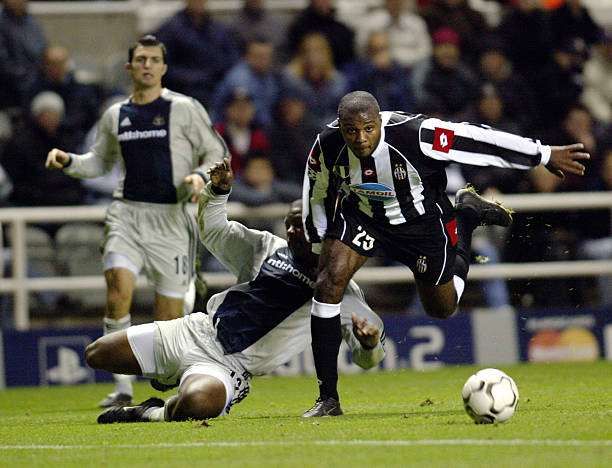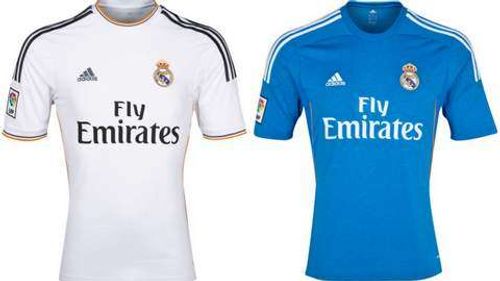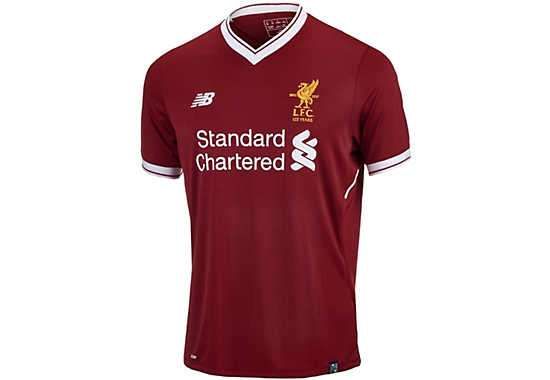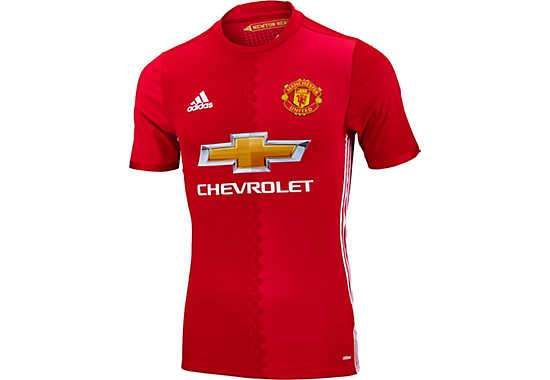
Why football clubs wear different coloured jerseys home & away
I am sure many of us have been asking ourselves the question of why teams wear different jerseys home and away ever since we started watching football. As we all know, every team starts with three kits each season – a home, away, and an alternate kit. Now, the question arises as to which team will wear which jersey on match days?
Well, it is usually the home team that decides which jersey they would like to wear. The away team are also free to wear whichever jersey they want, but they don't out of sportsmanship.
Moreover, if the away team also wears the same coloured jersey, it would result in chaos on the field. The away team hence wears a that is stark contrast to the colours of the home jersey.
Take the example of Manchester United and Liverpool. As both of their home jerseys are red, it would cause a lot of problem for the players, referees, and the spectators if they were to both wear the same kit.
As can be seen above, both kits look very similar. Had Manchester United and Liverpool been asked to play with these, it would have been very difficult for viewers and players themselves to identify what was happening in the game.
In most cases, the home team wear the home kit, but on the rare occasion, they have been forced to go with their away/3rd kit. Now, you may wonder why teams require a 3rd jersey when clubs can go the full season with the home and away kit?
In 1993-94, Sheffield Wednesday were scheduled to play an away match to Newcastle United. However, Sheffield soon realised that their both home and away jerseys were very similar to Newcastle's black and white stripes.
Now as most of us think that the home team must wear the home jersey, is not true. A Premier League spokesperson said that it is up to the teams to decide what kit they would like to wear. "But if there's a clash of the kits, commonsense prevails and the away team changes." Therefore, there is no rule regarding that the home team must wear the home kit always.
Coming back to the 1993-94 case, Newcastle press office said: "We offered to change instead." A plain and a simple answer. Now imagine had both Newcastle and Sheffield had both the home and away kits similar then? How would the match have been conducted? Hence, teams have 3 kits. It is very rare that both the teams playing would have all their three kits similar. This has not happened so far.

In 2013, Napoli wore the 3rd/alternative kit in a Champions League game against Arsenal instead of the home kit despite playing at home as they considered the alternative kit to be lucky.
UEFA can also ask clubs to wear certain jerseys on match days. For example, when Athletico Madrid took on Barcelona in the quarterfinals in 2015-16, UEFA asked both the clubs to wear the away kits on both the occasions. This was done to differentiate the teams for both the referees and the spectators and also to improve visibility.
A jersey's main significance is to avoid confusion in the game. The home kit is a team's main kit which also represents the heritage of the club i.e its colours. The colour of the home kit does not vary every season. Clubs follow the traditional colour for decades with slight modifications every now and then. With new sponsors, the design of the kits change but the colour combinations remain the same.
Meanwhile, the away/alternative kits’ main purpose is to allow players to play the match without any confusion as many teams have same coloured home kits. They tend to vary over time or even by tournaments as well.
Blasts from the past

There has also been a case in the past where Chelsea had gone to play an away match and soon they realised that both the teams had a similar kit. Officials then asked the Chelsea players to change and wear another kit as they were also wearing the home kit. But Chelsea did not have any other kit and finally had to use the kit of the opposite team to complete the match. There have been more cases like these which were reported in the past.
In 1890 in England, The Football League had a rule that no two teams could register with the same colour so as to avoid confusion during the game. It was later changed and teams could have a second kit with a different colour which was available.
The Scottish Football Association had a different solution for this. In 1927, they said that the home team must wear white shorts and the away teams must wear black shorts, but this rule rescinded in 1927.
Until 1889-90, the FA Cup competition rule stated that: “Where the colours of the two competing clubs are similar, both clubs must change unless alternative arrangements are mutually agreed by the competing clubs.” Many a times clubs had to find makeshift 3rd kits for their players. The last FA Cup final to be played under this rule was in 1982, while the last European competition was 1968 final.
This list is never ending. There have been a lot of cases where clubs have faced difficulties because of having the same colour kits with no alternative available. Hence clubs have three kits, viz. Home, Away and Alternative kit to avoid the confusion.


